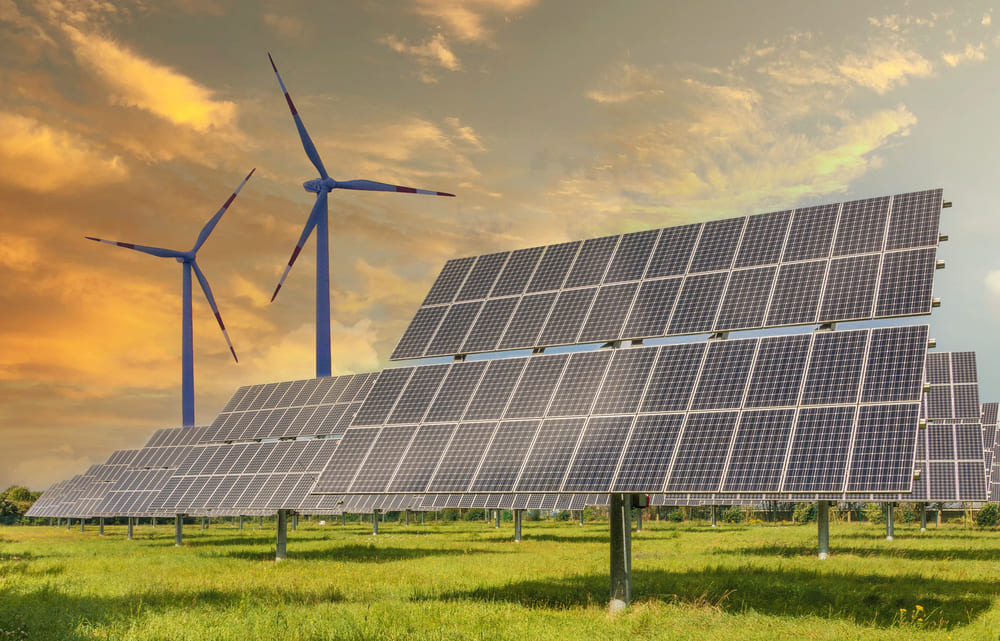How to transition into wind energy careers
Wind energy is one of the fastest-growing sectors in the energy transition worldwide. In Europe in 2023, 79% of new wind capacity was built onshore, while the volume of new offshore installations is on the rise.
This forecasted growth in the wind energy sector offers dynamic career opportunities for professionals to transition into the industry. Now is the perfect time to join this evolving field and TRS Staffing Solutions (TRS) is perfectly positioned to help you in this career transition.
If you’ve been wondering, “How do I start a career in wind energy?”, read on for our guide on how to break into this sector using your past expertise.
Understanding the wind energy industry
It pays to understand the shifts in the industry. Here are some recent highlights from the Global Wind Energy Council’s (GWEC)
- Total installations in 2023 saw a 50% increase year-on-year from 2022
- 54 countries built new wind power sources
- The GWEC revised its 2024-2030 growth forecast upwards by 10% in response to industrial policies in major economies
- The wind industry must triple its annual growth by 2030 to meet COP28 targets
It’s clear the industry holds promising opportunities for professionals looking to make a career move. From engineering and construction to environmental management and project development, the wind energy sector is calling out for a diverse range of expertise.
How to get a job in offshore wind
1. Identify your career path and the roles you’re interested in
If you’re looking to take your current experience and background to the renewable energy sector, wind energy jobs with TRS are a great place to start. TRS recruits for a myriad of roles in this sphere, including but not limited to:
- Procurement Manager
- Control Engineer
- Transmission & Distribution Package Manager
- Offshore Technician
- Project Manager
- Blade Engineer
- Electrical Engineer
2. Build industry connections to boost your chances
Networking is essential in any career and wind energy is of course no exception. You can build up your existing network through:
- Industry events like conferences, expos, and seminars
- Professional organisations that focus on renewables and wind energy
- Online platforms and social media to stay up to date with industry experts and leading companies
3. Target leading employers to stay up to date with opportunities
Global demand for talent in renewable energy roles is growing. You can find your next opportunity by focusing on:
- Companies leading projects in wind farm construction and operation
- Searching for roles using specific terms such as “offshore wind energy jobs” or “job opportunities in wind energy”.
- Partnering with staffing specialists who know the sector inside out to streamline your job search. At TRS, we are well-positioned in the market to assist you with this
4. Highlight your transferable skills from your professional experience
If you’re keen to transfer into wind energy roles from another industry, it’s key to emphasise your relevant skills. Depending on the role you’re applying for, examples might include:
- Project management experience
- Engineering expertise
- Problem-solving and analytical skills
- Knowledge of health, safety, and compliance
Always make sure to tailor your CV to showcase how you can meet the demands of the sector, draw on your previous roles and align your achievements with the job description.
Browse job opportunities in wind energy with TRS Staffing
At TRS, we're experts in sourcing talent for the renewables sector. With decades of experience, we connect professionals with opportunities that match their skills and career aspirations.
Browse our onshore and offshore wind energy jobs today and bring your expertise to the renewable sector.
Read more of our renewable energy content:
Stay informed with our latest insights
Our insights
Our latest jobs
Negotiable
Qatar, Doha, Ad Dawhah
Negotiable
India, Gurugram, Haryana
Negotiable
India, Gurugram, Haryana
Negotiable
India, Gurugram, Haryana
Negotiable
United Kingdom, , County Durham
Negotiable
India, Ahmedabad, Gujarat
$ 50 Hourly
United States, Redwood City, California
CA$ 85000 - CA$ 105000
Canada, Vancouver, British Columbia
₹ 80000 Per Month
India, Rajkot, Gujarat
€ 70 Hourly
Germany, , Hessen






.png)